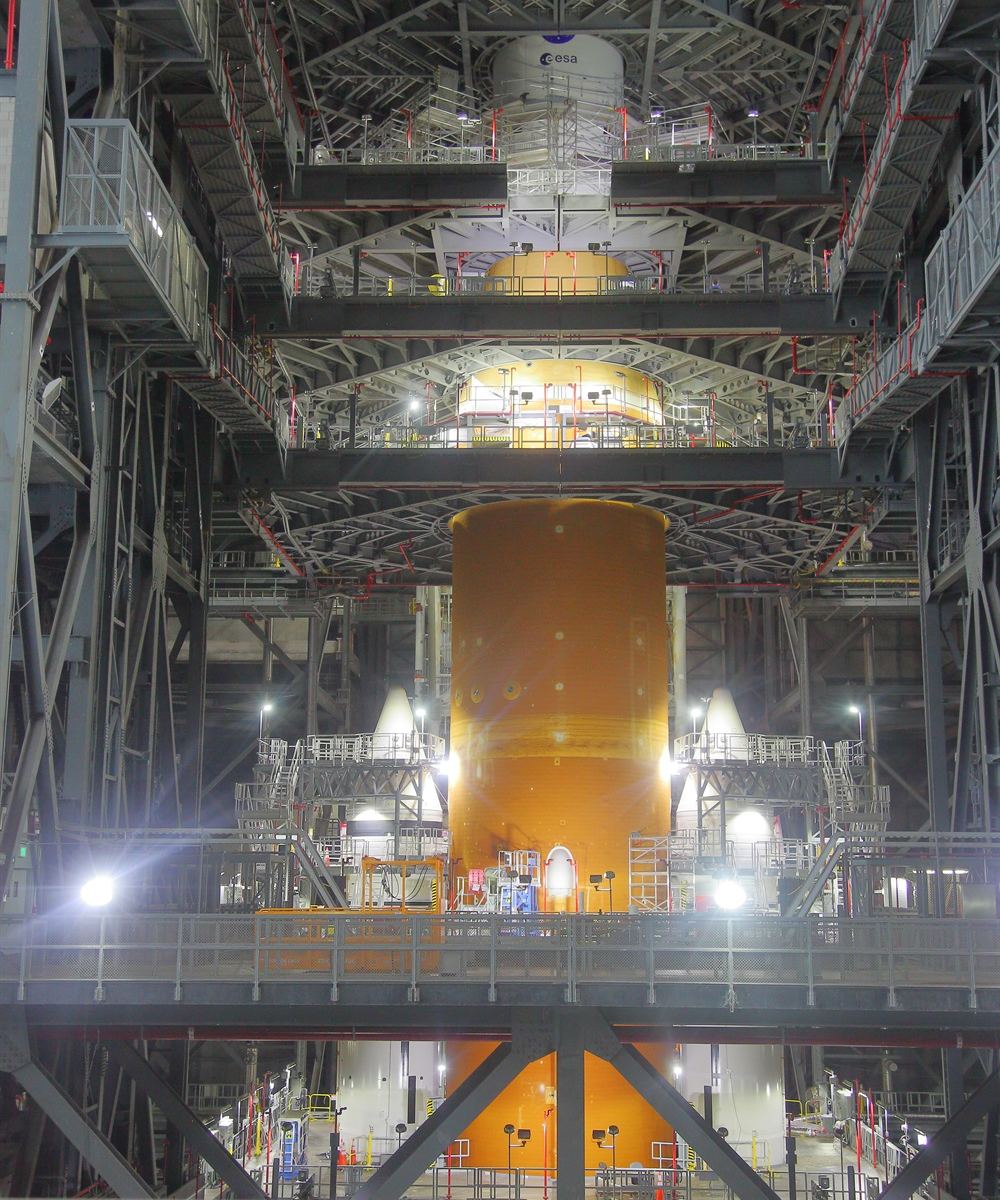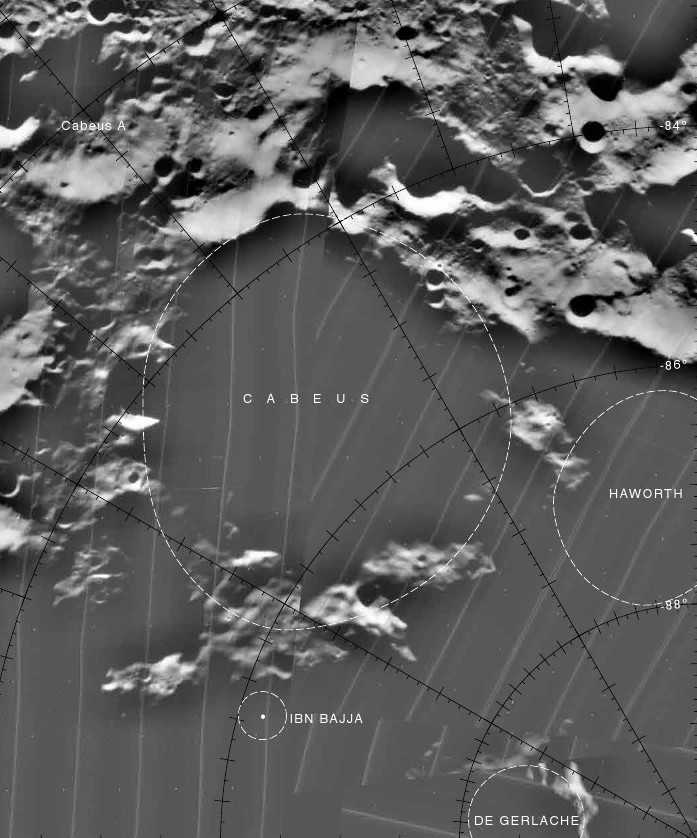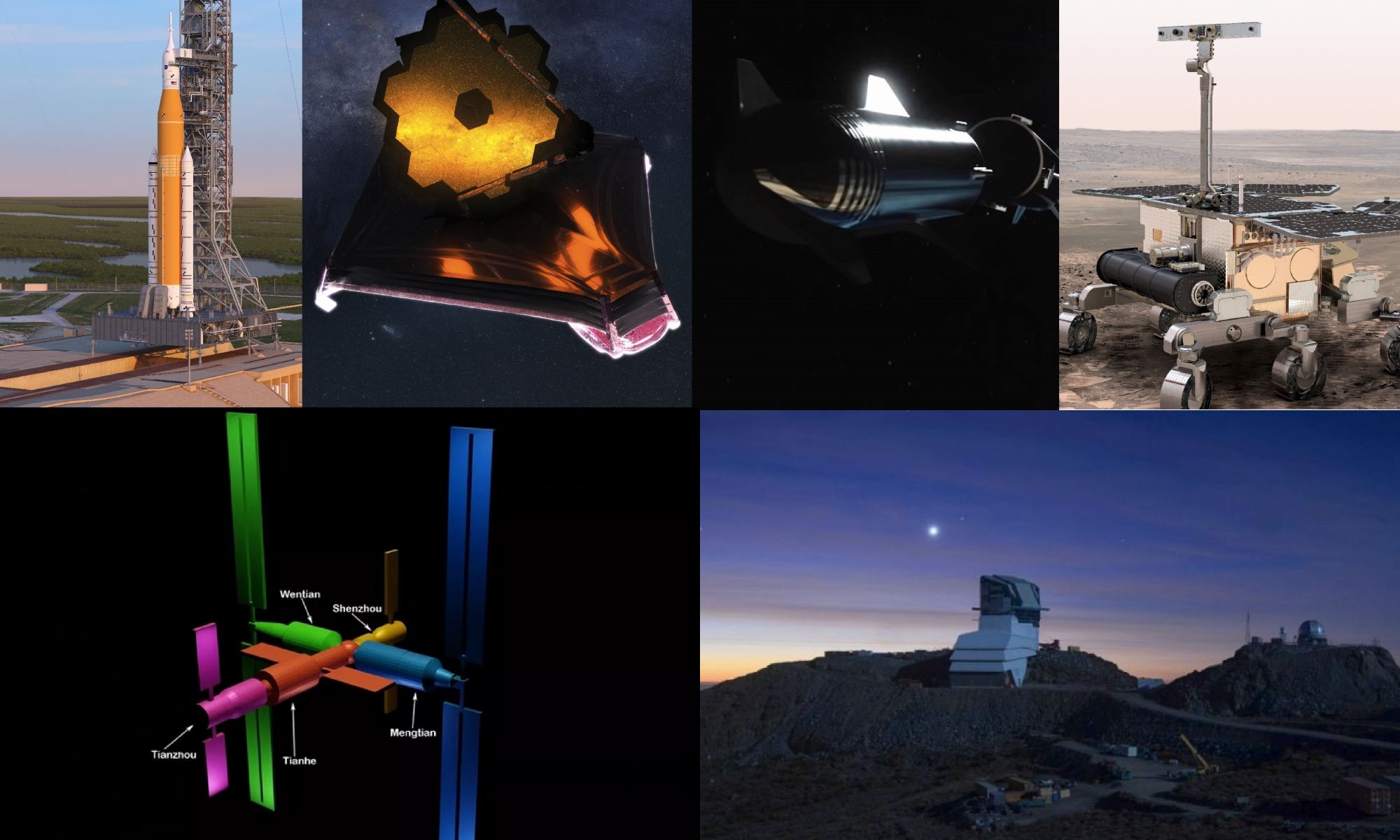The Space Launch System (SLS) has just one more hurdle to clear before this summer’s historic launch. This is known as the Wet Dress Rehearsal, where the fully-stacked SLS and Orion spacecraft will conduct a series of operations at the NASA Kennedy Space Center in Florida. This test follows the arrival of the SLS to Launch Complex 39B after making its big rollout on March 17th from the Vehicle Assembly Building (VLB).
The Wet Dress Rehearsal will run from Friday, April 1st, through Sunday, April 3rd, and will see the Artemis I launch team load propellant into the rocket’s tanks, conduct a full launch countdown, demonstrate the ability to recycle the countdown clock, and also drain propellants to give them an opportunity to practice the timelines and procedures they will use for launch. The weekend-long event will be live-streamed via the Kennedy Newsroom YouTube channel.
Continue reading “NASA Will be Testing SLS Over the Weekend”









